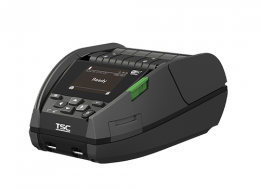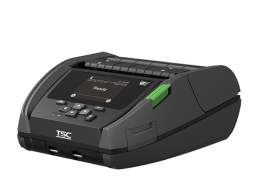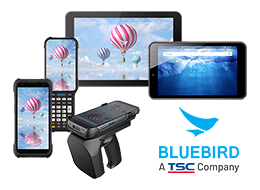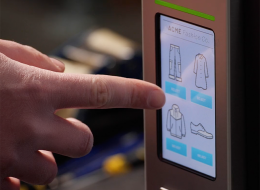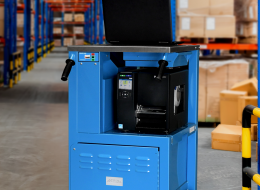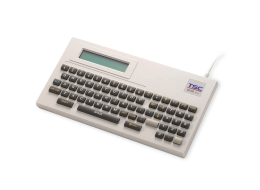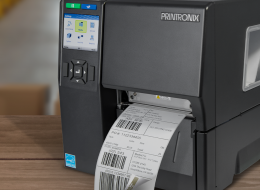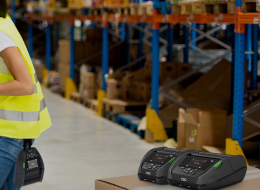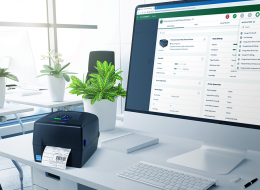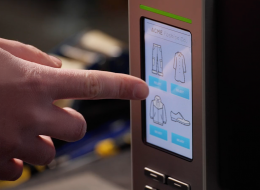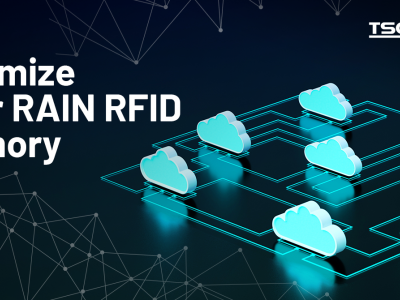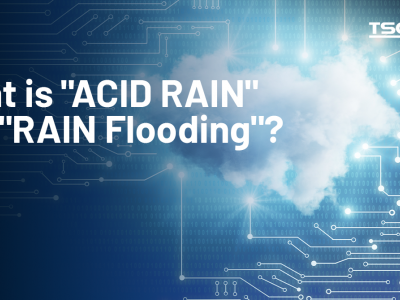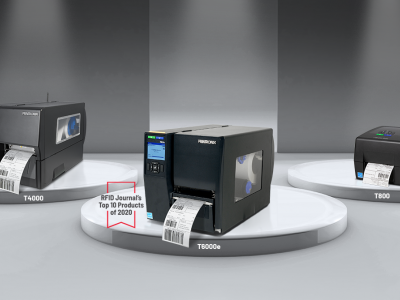Ground Rules for Optimizing RAIN RFID Tags by Using Proper Data Formatting

RAIN RFID tags can create challenges if the tag data are not properly formatted during the encoding process. The problems occur because many people approach RAIN RFID tags/labels as though they have blank memory that simply requires encoding it with a unique serial number. Encoding RAIN RFID tags requires proper data formatting in order to avoid the problems and optimize processing, printing, and accuracy. Below we explain RAIN RFID data formatting challenges, ways to address them by the use of standards, and additional information to support effective use of RAIN tags.
Common RAIN RFID Label Challenges: RAIN Flooding and Acid RAIN
RAIN RFID tags have grown in popularity. The rise in usage has resulted in two undesirable outcomes: “RAIN Flooding” and “Acid RAIN.” Below are descriptions of these two scenarios from the RAIN RFID Alliance.
RAIN Flooding involves:
- An excess of tags in the read-zone, resulting in some tags not being read.
- Additional RAIN-enabled tags in the read-zone that prevent the targeted tags from being read.
Acid RAIN encompasses:
- Other tags that mistakenly appear to be targeted tags.
- Tags that are cloned or fraudulent and appear to be legitimate targeted tags.
- A killed tag that is still fully functional (i.e., a zombie tag).
The RAIN RFID Alliance is working towards two solutions to address these issues:
- Properly format tags based on standards.
- Configure readers to quickly identify and filter only tags of interest, which is possible only if the tags have been properly encoded.
RAIN RFID Labels: Available Data Formatting Standards and How To Select The Right One
RAIN RFID tags/labels should be deployed using a specific data formatting standard based on either:
- GS1 EPC Tag Data Standard
- Multiple ISO/IEC Standards
It should be noted that these standards overlap in many ways and are very similar. GS1 EPC’s Tag Data Standard is even included as a sub-set of the ISO standards, but for our purposes, we will view them as two separate approaches to formatting the data on tags. Tags should be encoded as either GS1 or ISO. Each RAIN tag has one particular memory bit called the “T bit.”
- If the T bit is set to 0, then encoding should follow the GS1 Tag Data Standard.
- If the T bit is set to 1, then encoding should follow ISO standards.
Should you encode your tags as GS1 or ISO? The answer here depends on the application. A specific industry such as retail or automotive may indicate which standard they expect you to use. If you are on your own to select a standard, some good rules of thumb are:
- GS1: More help and supporting infrastructure with somewhat simpler rules.
- ISO: Provides greater flexibility and advanced options.
Once you select a standard for use, ensure that you encode the tags using the correct T bit value. Most chip manufacturers deliver chips with the T bit set to zero, but it is always prudent to verify the value prior to formatting.
The next step is to select the proper encoding scheme from GS1 or ISO, respectively. These encoding schemes are generally intended for use in a specific type of application such as individual apparel items, airplane parts, or a case of whiskey. Sometimes a specific encoding scheme is mandated by your customers.
GS1 Encoding Scheme Examples
Below are several GS1 Encoding Scheme examples. The “Header” is what gets encoded onto the tags. View more about specific, commonly used GS1 Encoding Schemes at GS1.org.
| EPC Encoding Scheme | Header (in hexadecimal) | Length (in bits) | Typical Application |
| SGTIN-96 | 30 | 96 | Trade item |
| USDoD-96 | 2F | 96 | US Dept of Defense supply chain |
| SGLN-96 | 32 | 96 | Location |
The ISO Application Family Identifier
The ISO equivalent to the EPC Encoding Scheme is the Application Family Identifier (AFI). There are many AFI’s and below are several examples. A list of commonly used AFIs can be found on the AIM global website.
| Industry/Application | Common AFI(s) (in hexadecimal) |
| Airline Baggage per IATA | C1 |
| Automatic Vehicle Identification (AVI) per Odette | 90 |
| Automotive Toll Collection per 6C TOC | B0 |
| Barcode content (text-based) for applications such as product, item and part identification, logistics, Returnable Transport Items, etc. | A1, A2, A3, AC |
RAIN RFID Tags: Key Takeaways for Better Encoding to Optimize Functionality
The extent of GS1 Encoding Schemes and AFI is wide-reaching and complex. RAIN RFID tag memory should not be treated as a blank slate for simply any data in any format. Begin with a clear understanding of which tag data formatting standard you will choose and why. RAIN tags should be approached thoughtfully and properly formatted and encoded. And the T bit should be set correctly for your selected standard. By following these guidelines and insights, you can avoid common pitfalls of RAIN tags and optimize functionality with better encoding.
Wonder if your RFID inlay or tag will work with one of our printers? The Printronix Auto ID RFID Printer and Label Validation Lab is here to help. The lab works closely with inlay and tag manufacturers to test their products for compatibility with Printronix Auto ID RFID Printers. Learn more >
To learn more about how to utilize RAIN RFID labels with Printronix Auto ID RFID printers in your operation, contact rfid@printronixautoid.com.

